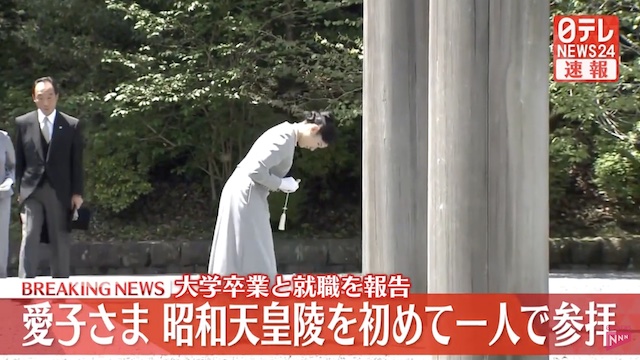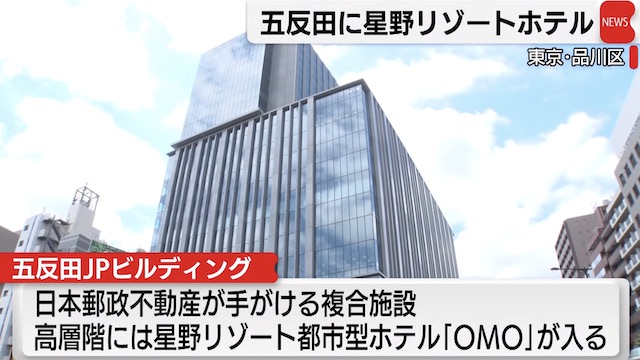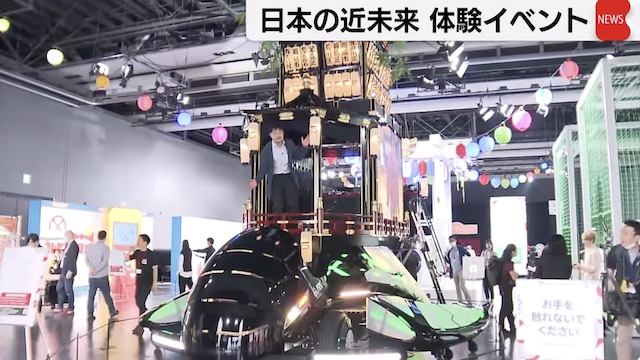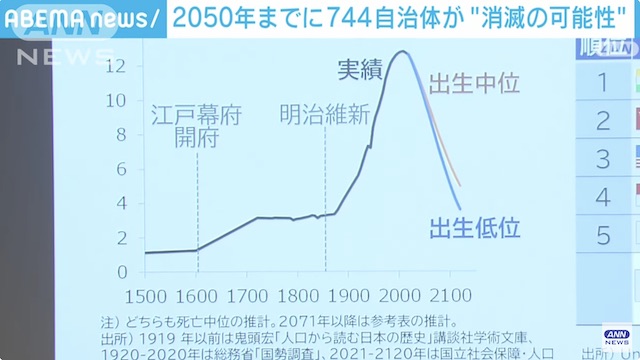Nov 25 (Japan Times) - Japan and China are racing to build a new type of ultrafast, levitating train, seeking to demonstrate their mastery over a technology with big export potential.
Magnetic levitation, or maglev, trains use powerful magnets to glide along charged tracks at superfast speeds made possible by the lack of friction. A handful of short distance and experimental maglev trains are already in operation, but Asia’s two biggest economies are vying to develop what would be the world’s first long-distance intercity lines.
On one side is Central Japan Railway Co.’s ¥9 trillion ($86 billion) maglev that’s expected to connect Tokyo and Osaka by 2037. On the other is China’s 100 billion yuan ($15 billion) on-again, off-again project that will run between Shanghai and the eastern port city of Ningbo. After several false starts, it’s now forecast to be completed by around 2035. Japan’s is more expensive largely because of the amount of excavation that will be required to tunnel through the mountainous countryside.
If Japan and China are able to unveil their long-distance projects successfully by their due dates, it should give them a leg up when they look to export the next-generation technology, rail experts say. At stake is a share of the estimated more than $2 trillion global market for rail infrastructure projects.
"Maglev technology has huge export potential, and China and Japan’s domestic projects are like shop windows into how the technology could be successfully implemented abroad,†said Christopher Hood, a professor at Cardiff University who’s studied and written a book about Japan’s shinkansen.
Japan, the creator of the world’s first shinkansen, has long been a top supplier to global fast-rail projects. Former Prime Minister Shinzo Abe targeted infrastructure exports including high-speed rail technologies as a key plank of economic growth.
But over the past decade, Chinese competitors, often willing to supply parts and know-how for cheaper, have been catching up. In 2015, Japanese suppliers lost out to Chinese rivals in a bid to build Indonesia’s first high-speed railway from Jakarta to Bandung in West Java. Japan was eventually asked to rejoin the project after it began to face significant delays.










